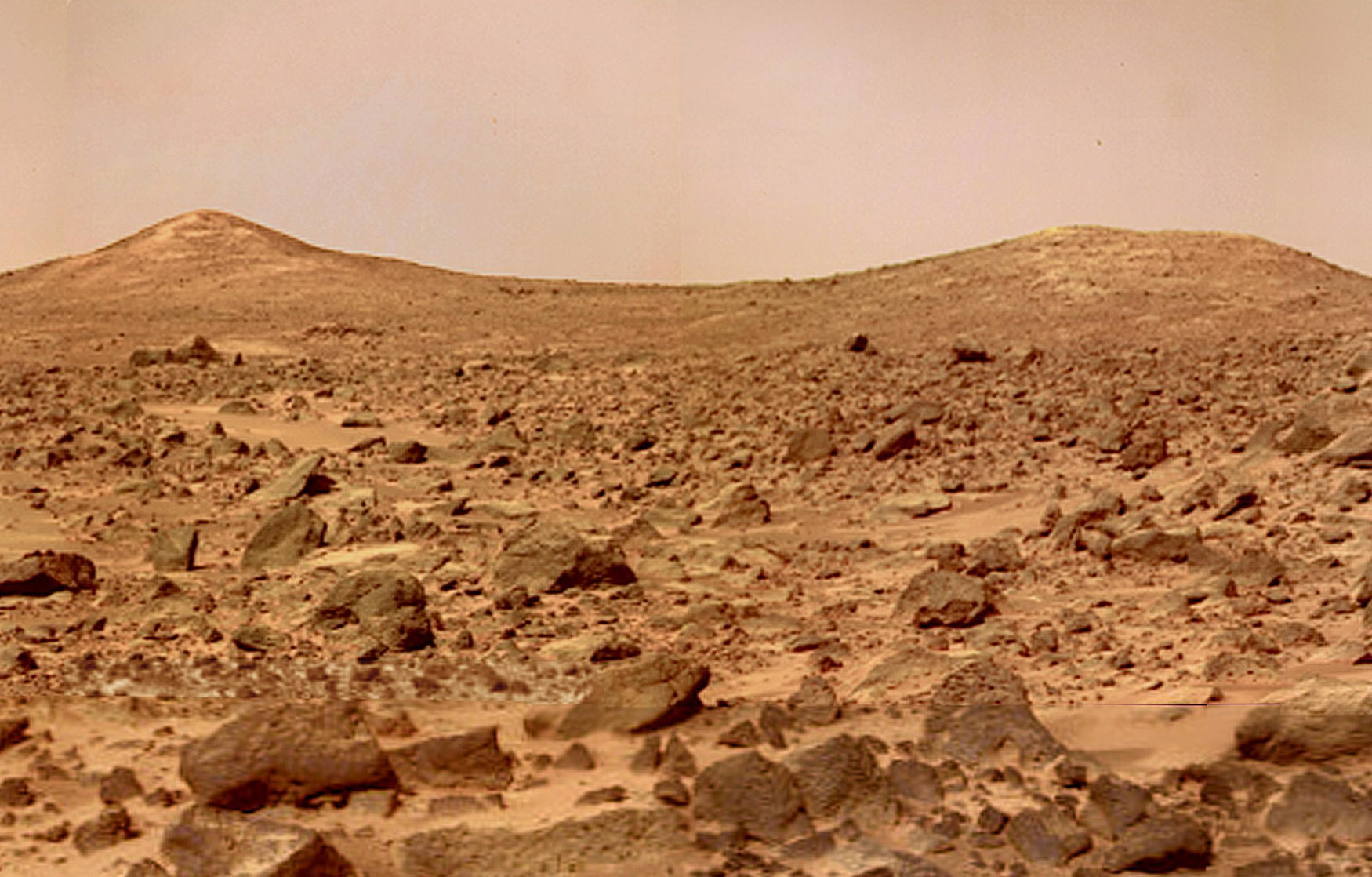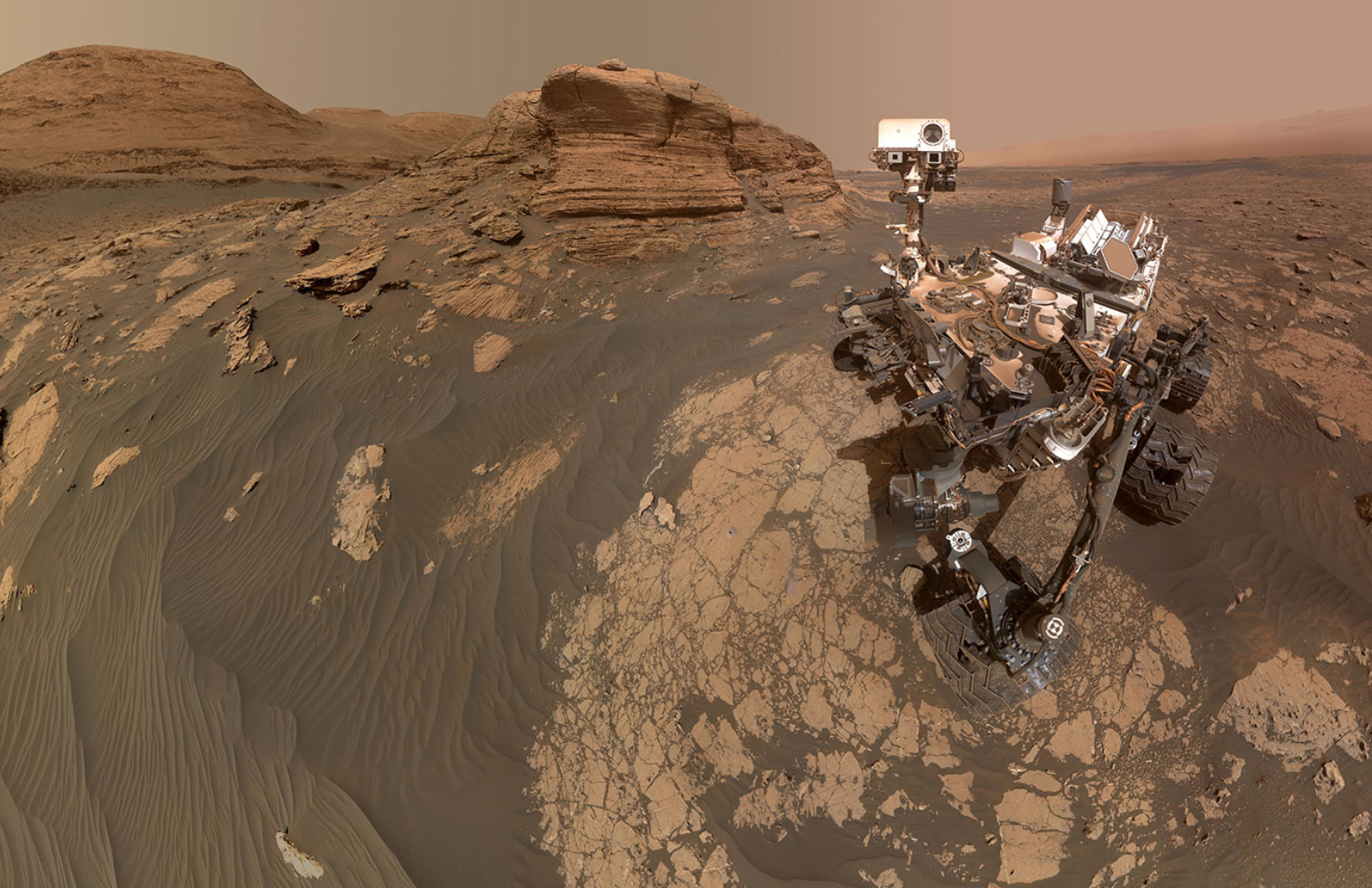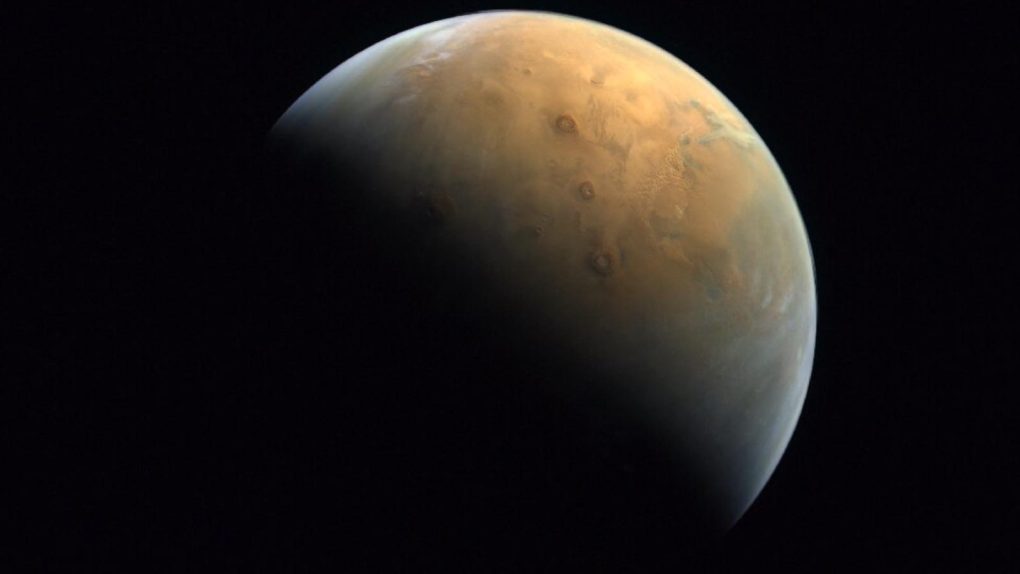The hunt for signs of life on Mars has not been going as well as hoped. While we have discovered some of life’s building blocks on the Red Planet, the need for more evidence is clear. As such, NASA has been looking for that evidence with its Curiosity and Perseverance rovers. However, now, a new report suggests that we may need to look further below the surface in our hunt for signs of life on Mars.

Our research of the Martian planet has been ongoing for decades. While NASA’s current spacecraft and rovers have learned a lot, there’s still a lot left to find on the surface of the Red Planet. For one, scientists have been looking for evidence of amino acids on Mars. But, the hunt for these key ingredients of life has been disappointing so far.
Now, NASA believes that may be because exposure to ionized radiation is destroying the amino acids. Currently, Martian rovers only dig around two inches into the surface. NASA says that amino acids would deteriorate within 20 million years at that level. So, instead of going for surface-level tests, we may need to dig deeper in our hunt for signs of life on Mars.
In fact, NASA says we may need to dig up to 6.6 feet (or two meters) deep to find signs of amino acids on Mars. Neither Perseverance nor Curiosity is currently set up to make such deep pushes into the surface, either. As a result, NASA plans to focus its digging on areas that have been exposed for shorter amounts of time.

Of course, NASA isn’t just pulling this data out of thin air. The space agency conducted an experiment to see how amino acids would withstand radiation. To do this, they mixed several types of amino acids into silica, hydrated silica, and a mixture of silica and perchlorate. This was done to simulate the conditions of the soil on Mars that we search in our hunt to find signs of life on Mars.
Next, they sealed the samples under vacuum conditions to simulate the thin air on Mars. They kept some of the samples at room temperature. Others were stored at minus 67 degrees Fahrenheit. Then, NASA blasted the samples with gamma radiation to simulate cosmic rays hitting the Martian planet over the course of around 80 million years.
This showcased how radiation from space is likely to kill off any amino acids near the surface of the planet. This is making it more difficult for our hunt to find signs of life on Mars. But, with this new information, NASA can develop new ways to search for those all-important amino acids.








